What is the first step towards responsible resource management? Should we start with a plan, or get boots on the ground to suss out the situation? Should we first outline some rules of conduct, or initiate with research? What happens when a curve ball like the mountain pine beetle is thrown in? The question of where to begin becomes even more complicated when we consider forests as a renewable resource.
Fret not. Matt Kristoff, an inventory forester, is here to explain the process.
What is an Inventory forester and how does it relate to forestry?
My job is primarily photo interpretation. I review 3D Aerial photography flown with LiDAR (Light Detection and Ranging) of forested landscapes. I change the landscape into smaller datasets where each data point has individual characteristics that make it different from those surrounding it. The characteristics include; moisture, nutrient, vegetation type, age and height, aspect, stage and human disturbance. After delineation, I carefully inspect each dataset and type in the specific characteristics of each stand, creating a mosaic that makes ecological sense both across the landscape and in the fine print.
What drew you to practice in Alberta’s forestry sector?
I grew up on an acreage near Slave Lake. As a kid I spent the majority of my time outside biking, fishing, hunting, and on ATVs. At a young age I developed a deep appreciation for the outdoors. Both my parents are foresters and I always saw the passion they had for their work and for helping others experience the wilderness. I knew I needed to be close to the wilderness to be happy and truly enjoy my career, so naturally I enrolled in the Bachelor of Science in Forestry program at the University of Alberta.
Describe the path you took to become an Inventory Forester.
I was heavily immersed in the forestry world from a young age. I was involved with Junior Forest Wardens growing up and I spent most of my free time outdoors. After high school I enrolled in Forestry at the University of Alberta and graduated in 2012. While I was completing my degree I spent two summers working as an Operations Assistant for Alberta Plywood, and three summers as a wildfire Helitack member in the Slave Lake region. I learned a great deal from both jobs and furthered my interest in working in the forestry sector. After university I applied at GreenLink Forestry Inc. where I was hired as a photo interpreter. In 2014 I wrote my designation exam making me an RPF (Registered Professional Forester), and fully qualifying me to act as an Inventory Specialist in the forestry sector.
What is a typical day for you?
My job is quite consistent in my day to day activities. Most days I am working in the office interpreting data from a single project so that I can stay focused and consistent in my interpretation. Every now and then I go to the field to perform field surveys. These surveys act as a reference point for the rest of the inventory and allow me some degree of reassurance as I work through an FMA (Forest Management Area).
Describe one of the most fulfilling tasks you perform as part of your job.
The opportunity that photo interpretation gives to young foresters like me is extremely valuable. At first it is difficult to understand its usefulness but over time you begin to understand that this job allows you a direct line towards understanding the ecological factors that drive the forest. Few other careers allow you to see the forest like this. On top of the great opportunity this job provides, the greatest satisfaction I get is knowing that I have provided a completely comprehensive and objective inventory for our clients. This allows them to more effectively and efficiently utilize and manage forest resources.
Forest inventory is the front end of forest management. If the inventory is poor, the management is poor. I take great pride in knowing I gave a true inventory, completely representative of the forest landscape, allowing managers to make informed decisions.
Would you consider Photo Interpretation more of an art or a science?
Photo interpretation can be complicated and frustrating to learn. It has a basis in science that should be easy to follow. However, with each new set of photography comes a different challenge. The colour balancing is different from image to image and can make vegetation more difficult to identify than one might think. It takes a good year, I would say, to get a really confident understating of the range of things you can run into. Even then you will be surprised from time to time. If I was forced to call photo interpretation one or the other I would have to say it is more of an art, simply because it is not as straight forward as it sounds and sometimes you are forced to base calls off intuition and experience rather than scientific certainty.
What are the most important characteristics needed to perform your job?
Focus. Working most of the time in the office makes it incredibly easy to lose focus with all the technological distractions; every time my attention is taken away from the task at hand it affects my ability to be consistent and provide quality work. In this line of work focus is everything. It can sometimes take a few minutes to get back in the “zone” where you know where you are in the landscape in relation to other geological features and to understand the forces at play from forested stand to forested stand. Photo interpretation requires the interpreter to be attentive to the entire landscape how it all relates in order to make sense of it all.
What might young Albertans not know about diverse career opportunities within the forest industry?
In this day and age foresters have an abundance of options in career choices. Everything from watershed management to forest fire management to timber management It is all crucial to understanding the forest as a living breathing organism.
When the public thinks forestry they immediately think deforestation and environmental destruction; essentially they think we are the bad guys from the movie Avatar. Luckily for them we are the opposite of that. The foresters I know are far more passionate about forests and the environment than any other singular group I can think of because we live it every day, not only at work but in our personal lives as well. We want to make sure the forests are here for future generations to enjoy as we do.
Would you rather read from an e-reader or paperback book? / Favorite literature?
I really appreciate reading from paperback. The last thing I need is something else that requires charging. Currently I am on a big Chuck Palahniuk binge, however I do really like Kurt Vonnegut.
Think becoming an inventory forester would be really awesome?
Then check out the programs available at the University of Alberta or NAIT.
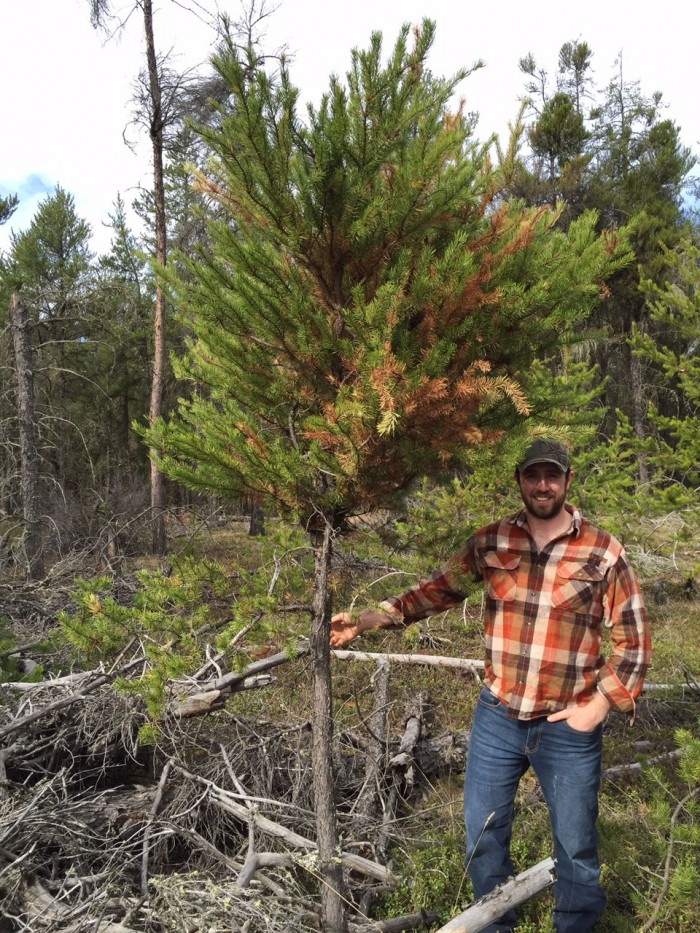
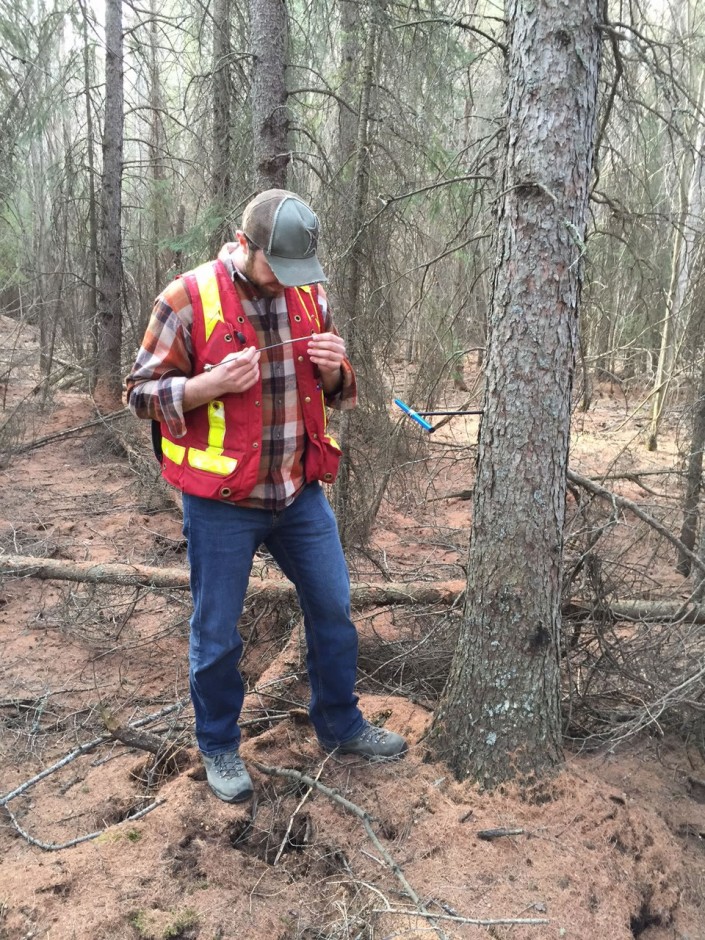
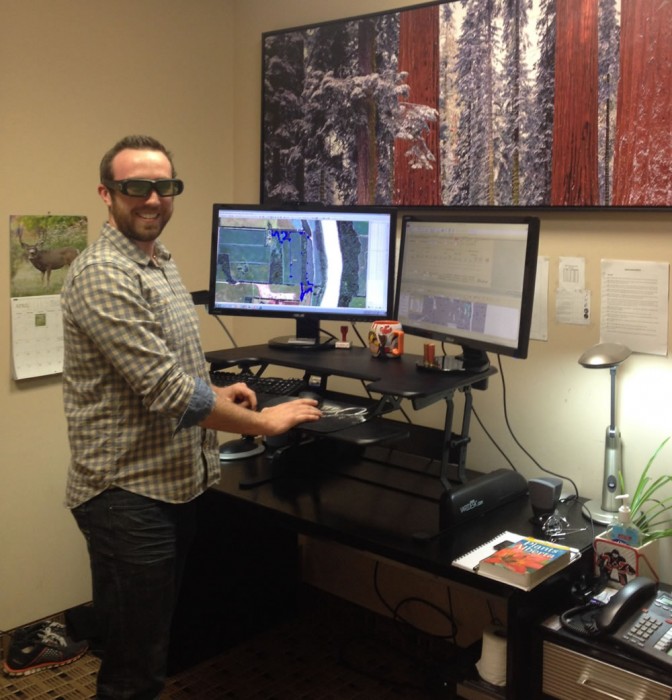
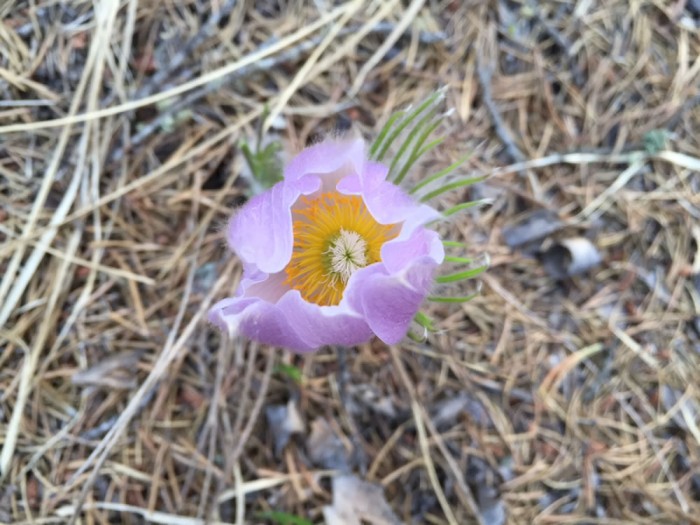
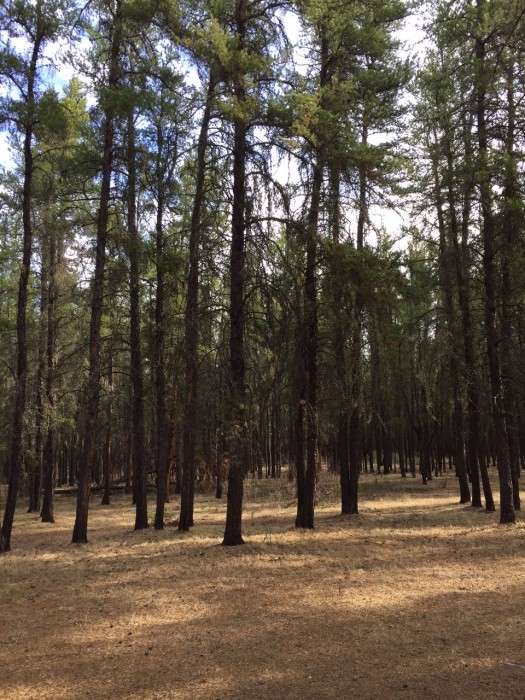
Deprecated: Function get_magic_quotes_gpc() is deprecated in /home/workwil/public_html/wp/wp-includes/formatting.php on line 4371
2:12 pm
awesome!!!! i would like to work with the forestry, love the outdoors and enjoy being with nature.